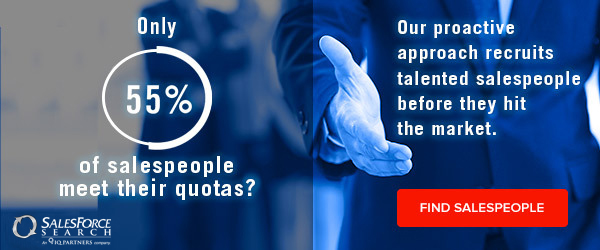As the premier social network for professionals of all stripes, LinkedIn holds untold potential as a selling tool. In the right hands, LinkedIn can be the core driving force behind a product’s success–or, it can just be one of many ways to generate leads, reach out to prospects, or spot opportunities in an industry. Whatever level of play you’d like to wring from LinkedIn, this article aims to help. We’ll discuss just a few ways people are selling using LinkedIn and how you can implement these strategies and tactics and make the ones you like suit your needs.
Find Leads.
LinkedIn works excellently as a source of leads. If you have no intention of going any deeper than that, you can still get quite a bit of selling potential out of LinkedIn. The amount of data on potential available, especially with a premium membership, embarrasses many networks dedicated wholly to lead generation. Just be sure that you pick your prospects wisely and don’t abuse the system.
There are more ways to hunt leads than the immediately obvious ‘search the database for relevant professionals’. You can also join relevant LinkedIn groups and keep an eye out for perfect leads that way–after all, what’s better than a prospect that is actively looking for a solution to the problem you can solve?
Contact Decision Makers.
LinkedIn provides an excellent avenue for direct contact with decision makers. Few things can be as frustrating or waste so much opportunity as the endless barriers of bureaucracy entrenched in a major corporation. With a little luck and the right approach, however, you can use LinkedIn to get yourself selling to the people who matter and skip over all the secretaries and middlemen.
Even if you’re not looking to boldly charge to the top dog and make your case, you can at least use LinkedIn to figure out who your targets within the prospect company are and develop your selling strategy with them in mind, rather than guessing your way through. Learn the job titles held by the people who usually make the decisions on your product and hunt them down. It’s worth knowing who calls the shots, even if you never speak to them directly. Selling is about more than just the guy you’re talking to, after all.
Investigate Trends.
LinkedIn can be an excellent place to spot shifts in relevant industries and demographics before they become common knowledge. Is a particular subject getting more attention in group discussions in recent weeks? Are certain people suddenly looking for jobs, or certain companies suddenly hiring? If you learn what to look for, you can be well ahead of the curve by watching LinkedIn. No matter what you’re selling, knowledge is power, and with the right insight you can make an absolute killing–being the only person selling to a market others haven’t figured out exists is where fortunes are made.
Social Participation.
You can do more than lurk the various groups and other social avenues of LinkedIn–you can become an established voice in relevant communities. Think of the value of being thought of as a guru in the field–if you’re suggesting a product with that level of trust, you’re going to be taken seriously. This means hard work and an earnest approach, however–gents and ladies looking to make a quick buck have given these communities a good eye for snake oil salesmen.

Rhys Metler
Rhys is a tenacious, top performing Senior Sales Recruiter with 15+ years of focused experience in the Digital Media, Mobile, Software, Technology and B2B verticals. He has a successful track record of headhunting top performing sales candidates for some of the most exciting brands in North America. He is a Certified Recruitment Specialist (CRS) and has expert experience in prospecting new business, client retention/renewals and managing top performing sales and recruitment teams. Rhys enjoys spending quality time with his wife, son, and daughters, BBQing on a hot summer day and tropical vacations.

